With 2.1 million manufacturing jobs projected to go unfilled by 2030, U.S. companies are leveraging gig workers, AI tools, and upskilling programs to bridge the gap. Discover how flexible talent and technology are driving the industry into the future.
The gig economy in American manufacturing: strategies to bridge the talent gap
The American manufacturing industry is undergoing a seismic shift. With a projected 2.1 million unfilled jobs by 2030 and a potential $1 trillion in lost productivity according to the National Manufacturing Association, companies are being forced to rethink how they attract and retain talent. A major driver of this labor gap is the accelerated retirement of baby boomers, who account for 36% of the industry’s unfilled positions. At the same time, demand for digital skills continues to outpace supply in over one-third (36%) of manufacturing companies.
Each unfilled position is costing U.S. manufacturers approximately $14,000 per year (The Manufacturing Institute). Part of the challenge lies in perception—45% of younger workers are turning away from manufacturing due to outdated views of the industry. Meanwhile, Gen Z is rewriting the rules of work altogether. Today, 53% of individuals aged 18–22 are choosing freelance careers, further fueling the expansion of the gig economy according to Freelance Workforce Growth Statistics.
Embracing flexible talent: new strategies for a new era
Adaptive workforce models are becoming essential. On-demand hiring platforms are already connecting manufacturers to an expanding pool of freelancers—expected to reach 79.6 million in the U.S. by 2025 still according to Freelance Workforce Growth Statistics. These flexible hiring strategies offer significant savings, reducing costs by an average of $28 per hour compared to traditional hires. Additionally, 47% of manufacturers are now offering flexible shift options to retain their workforce.
Technology is transforming recruitment. AI-powered screening tools are currently used by 14.7% of manufacturing firms, helping reduce hiring timelines by as much as 40% according to QX Global. Chatbots are also streamlining candidate communication while simultaneously gathering valuable workforce data and analytics (QX Global).
Strategic partnerships are driving results too. Reshoring and nearshoring initiatives created 300,000 new jobs between 2022 and 2023 by blending local and remote talent (Reshoring Initiative 2023 Report). Meanwhile, 76% of industry leaders are investing in upskilling programs focused on IoT and other digital technologies.
Looking ahead: 2025 projections
| Metric | Data |
|---|---|
| Gig workforce | 79.6 million U.S. freelancers (42% of workforce) (Freelance Workforce Growth Statistics) |
| Freelance earnings | Average $47.71/hour, totaling $1.3 trillion/year (Upwork: Freelancer Earnings Report) |
| AI adoption in hiring | 14.7% of manufacturers using AI tools (QX Global) |
New challenges on the horizon
To stay ahead, manufacturers must address several emerging challenges. Rapid upskilling is required, and tools like augmented reality (AR) are now being used to train workers on advanced IoT equipment. Policy gaps are also under scrutiny, with increasing demand to offer healthcare and retirement benefits to gig workers (The Manufacturing Institute). Despite technological advancements, 63% of employers still report struggles with underqualified applicants—highlighting the need for continued investment in both tech and talent (QX Global).
The intersection of flexible labor models and advanced technologies is fundamentally reshaping American manufacturing. Companies that embrace gig platforms, AI-driven hiring, and continuous upskilling will be best positioned to navigate this evolution. As Deloitte emphasizes, diversifying talent pipelines—by tapping into underrepresented groups such as women and veterans—remains crucial to closing the talent gap.
In this context, gig work is not just a temporary fix. It is becoming a strategic pillar for the future of American manufacturing.
